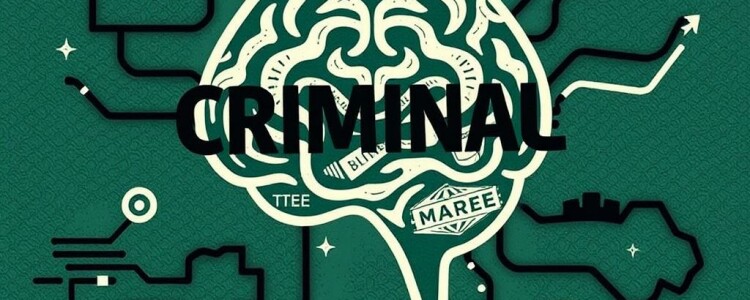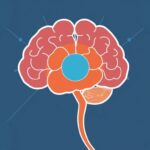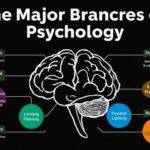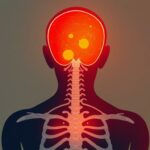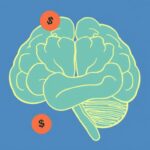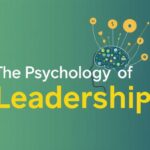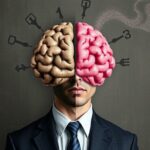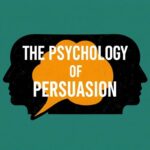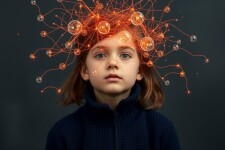When we think about what makes a criminal mind, many questions come to mind. Is it something people are born with, or is it shaped by their environment? Are criminals simply “bad people,” or is there a deeper psychological and neurological explanation behind criminal behavior? The truth is, understanding the criminal mind is a complex journey that combines psychology, biology, sociology, and even philosophy. In this article, we’ll take a deep dive into what makes some people step outside the boundaries of the law while others do not. From brain chemistry and childhood environment to social influences and moral reasoning, we’ll cover it all to help you grasp the fascinating world behind criminal behavior.
The Biological Foundations of Criminal Behavior
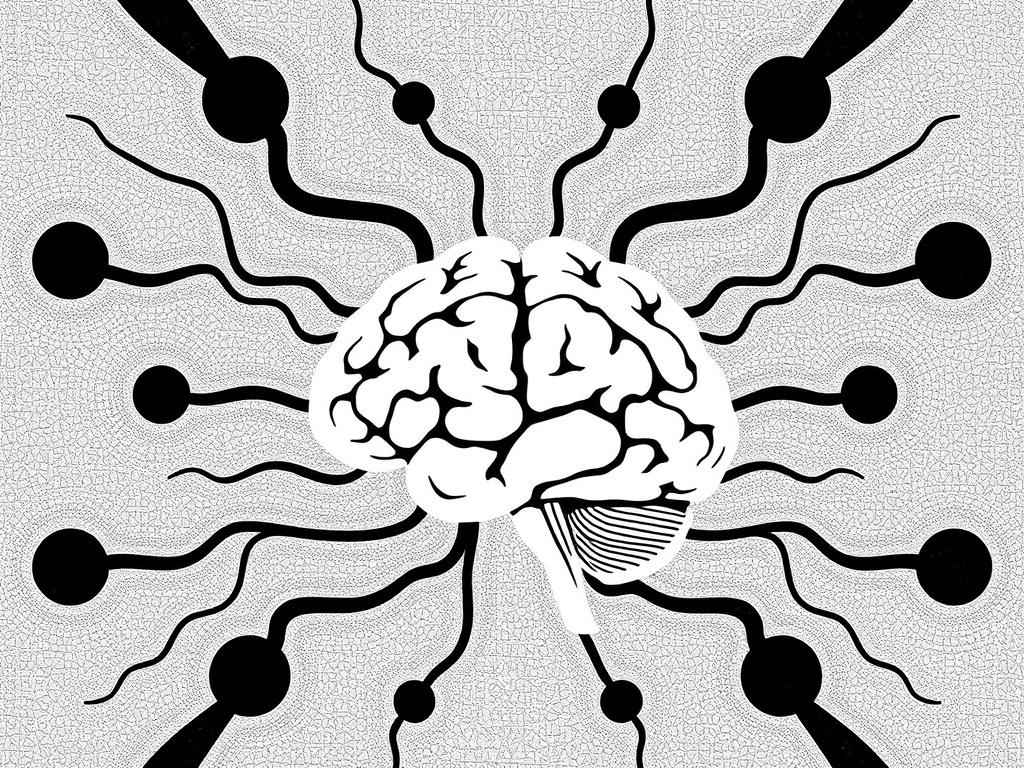
One of the first areas researchers have explored in understanding what makes a criminal mind is biology. Scientists have long been fascinated by how brain structure and function might influence antisocial and criminal behavior. For instance, studies have shown that abnormalities in certain parts of the brain, like the prefrontal cortex and amygdala, can affect impulse control, emotional regulation, and empathy.
The prefrontal cortex, responsible for decision-making and self-control, is often less active or structurally different in people who commit crimes, particularly violent crimes. The amygdala, which governs emotional reactions like fear and aggression, can also be underactive in some offenders, which may explain their reduced fear of punishment or empathy for victims.
Genetics and Epigenetics: Born or Made?
Biological explanations don’t stop at brain anatomy. Genetic research has found possible links between certain genes and tendencies toward impulsivity, aggression, and risk-taking behavior—all traits correlated with criminal actions. For example, the MAOA gene, sometimes dubbed the “warrior gene,” has been studied in connection with aggressive behavior. However, it’s important to remember that no single gene determines criminal behavior.
Epigenetics, the study of how gene expression is influenced by environment, further complicates this picture. A person might have genetic predispositions toward criminal tendencies, but environmental factors such as trauma, abuse, or exposure to violence can trigger or suppress these traits.
Childhood and Environmental Influences on Developing a Criminal Mind
Biology alone doesn’t explain what makes a criminal mind. Environmental factors play a huge role, especially during childhood when the brain is still developing. Researchers emphasize that adverse childhood experiences often set the stage for later criminal behavior.
Impact of Childhood Trauma and Abuse
Experiencing neglect, physical or sexual abuse, or witnessing violence in early years can severely impact emotional development. Children suffering from trauma may struggle with trust, develop aggressive or antisocial tendencies, and have difficulty forming healthy relationships. This emotional damage can make it harder for them to understand social rules and moral boundaries, increasing the risk of criminal acts later in life.
Socioeconomic Status and Community Factors
Poverty, lack of education, unstable family structures, and living in high-crime neighborhoods also contribute to the likelihood of developing a criminal mind. When basic needs such as safety, food, and education are unmet, and positive role models are scarce, individuals may turn to crime as a means of survival or social acceptance.
Psychological Theories That Explain Criminal Behavior
Numerous psychological frameworks seek to unravel what makes a criminal mind by focusing on how individuals think, feel, and behave.
The Role of Personality Disorders
Certain personality disorders, like antisocial personality disorder (ASPD) and psychopathy, are strongly linked with criminal tendencies. Individuals with ASPD often display a disregard for right and wrong, impulsivity, deceitfulness, and lack of remorse. Psychopathy, a more severe form of ASPD, is characterized by charm, manipulativeness, and shallow emotions. While not all criminals have these disorders, a significant portion of violent offenders do.
Cognitive Distortions and Moral Reasoning
Criminals often engage in cognitive distortions—ways of thinking that justify or minimize their harmful behavior. Examples include blaming the victim, denying responsibility, or assuming the rules don’t apply to them. Some studies suggest that individuals who commit crimes have delayed or impaired moral reasoning, meaning they struggle to fully appreciate the consequences of their actions on others.
Social Learning: How Environment Teaches Crime
The theory of social learning helps us understand how behavior, including criminal behavior, is learned through observation and imitation.
Role Models and Peer Influence
People often learn how to behave by watching others, especially influential figures such as parents, friends, or community leaders. If a child grows up around criminals or in a culture that glorifies illegal activity, they might adopt those values and behaviors. Peer pressure and the desire to fit in can further encourage individuals to rebel against societal norms.
Media and Technology Impact
Exposure to violent media, video games, or online communities that encourage harmful behavior can also play a role. While not every person exposed to such media becomes criminal, repeated exposure may desensitize individuals to violence and make criminal acts seem more acceptable.
The Neuroscience of Crime: Recent Advances
Recently, advances in neuroscience technology like fMRI (functional magnetic resonance imaging) and PET scans have allowed scientists to see live brain activity in criminals. This has shed new light on what makes a criminal mind unique.
Deficits in Emotional Processing
Neuroscientific studies reveal deficits in emotional processing; for example, decreased activity in brain regions related to empathy might mean offenders feel less compassion for others. This may help explain why some criminals can inflict harm without apparent guilt.
Implications for Rehabilitation
Understanding the neurological basis of criminal behavior is vital in developing effective rehabilitation programs. If a criminal’s behavior is influenced by brain dysfunction or injury, treatment targeting these issues might reduce recidivism. This creates hope for more humane justice systems that focus on healing rather than punishment alone.
What Society Can Do to Mitigate Criminal Behavior
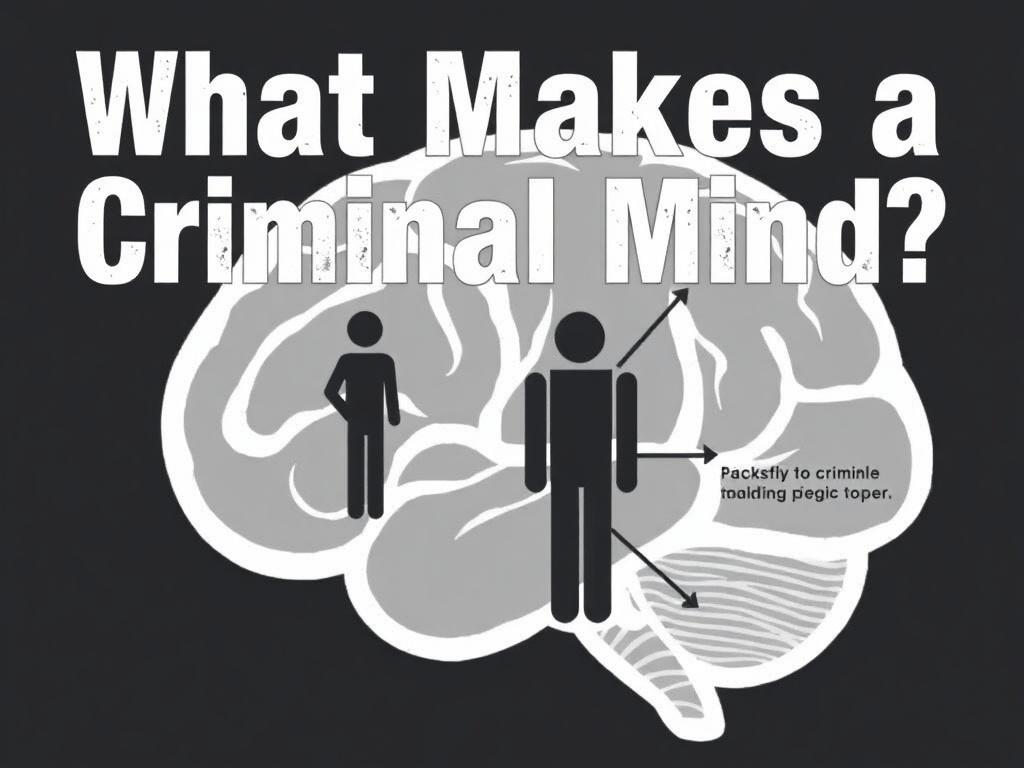
Understanding the criminal mind is only half the battle. The other half involves applying this knowledge to reduce crime and help individuals lead lawful lives.
Prevention Through Early Intervention
Programs supporting at-risk families, preventing child abuse, and providing quality education can dramatically lower chances of children developing criminal tendencies. Early screening and counseling for behavioral problems also help divert young people from paths leading to crime.
Restorative Justice and Rehabilitation
Shifting focus from punishment to rehabilitation can promote moral growth and reduce reoffending. Techniques like cognitive-behavioral therapy, anger management, and social skills training can address underlying psychological issues.
Table: Factors Influencing the Development of a Criminal Mind
| Category | Key Factors | Impact on Criminal Behavior |
|---|---|---|
| Biology | Brain abnormalities, genetic predispositions | Reduced impulse control, lack of empathy |
| Environment | Childhood trauma, poverty, community violence | Emotional damage, need for survival, exposure to crime |
| Psychology | Personality disorders, cognitive distortions | Diminished moral reasoning, impulsivity |
| Social Learning | Peer influence, media exposure | Normalization of criminal values |
| Neuroscience | Emotional processing deficits, brain injury | Lack of guilt, difficulty with behavioral control |
Common Misconceptions About the Criminal Mind
When we talk about what makes a criminal mind, some myths often cloud judgment:
- Myth: Criminals are always violent psychopaths. Reality: Many criminals commit nonviolent crimes and don’t fit the psychopath profile.
- Myth: Criminal behavior is purely a choice. Reality: It’s a complex interplay of biological, psychological, and social factors.
- Myth: Punishing criminals harshly stops crime. Reality: Punishment alone often does not address the root causes of criminal behavior.
- Myth: Poverty causes crime. Reality: While poverty is a risk factor, many low-income people lead law-abiding lives; other influences matter too.
How Criminal Minds Differ From Ordinary Minds
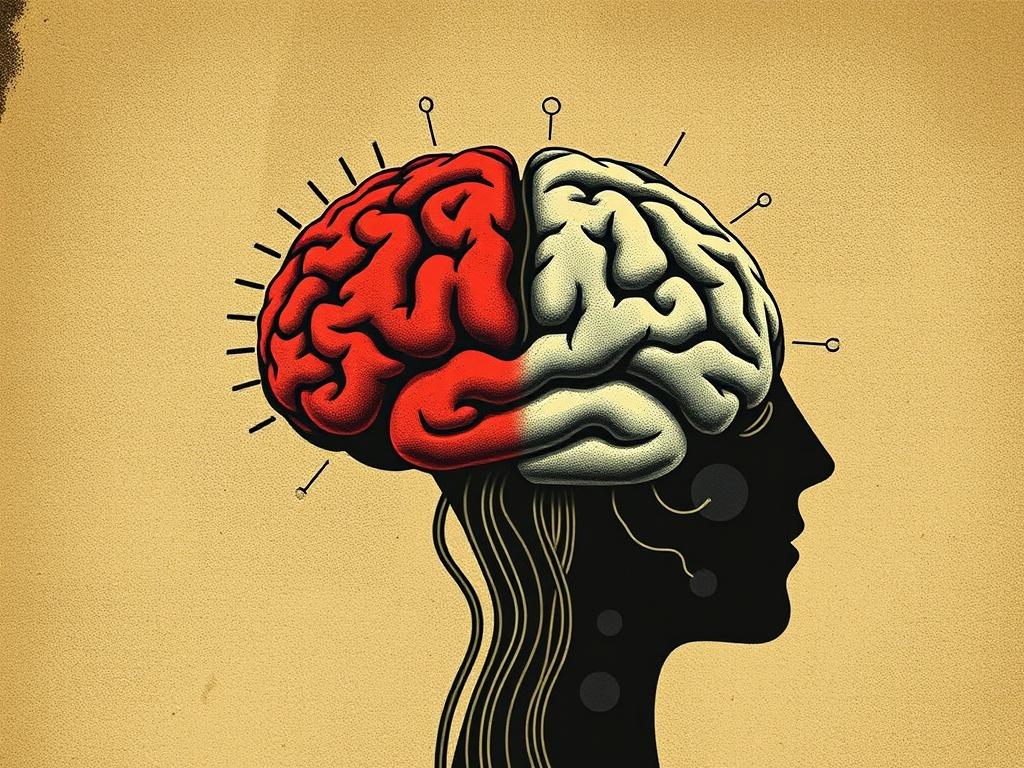
To better grasp what makes a criminal mind different, it helps to compare it with how an ordinary mind thinks and reacts.
Empathy and Moral Judgment
Most people naturally feel empathy and recognize the immorality of harming others. Criminal minds, especially those with certain psychological disorders, often lack this empathy or are able to suppress it, making it easier to break laws without remorse.
Impulse Control
Ordinary minds typically have better impulse control and weigh long-term consequences before acting. Criminal minds tend to be more impulsive or thrill-seeking, underestimating risks or ignoring future consequences.
Social Conformity
Whereas most individuals conform to social norms and laws, criminals often reject these standards either due to personal beliefs, social pressure, or a different value system learned through experience.
List of Key Psychological and Biological Traits Often Seen in Criminal Minds
- Low empathy and emotional responsiveness
- Impulsivity and risk-taking behavior
- Deficits in executive functioning—difficulty in planning and foreseeing outcomes
- Tendency for cognitive distortions and justifications
- Exposure to early life trauma and adverse environments
- Possible abnormalities in brain structure and chemistry
- Learned behaviors through negative role models and peer groups
Toward a Holistic Understanding of Criminal Minds
The more we learn, the clearer it becomes that what makes a criminal mind cannot be pinned down to one cause or factor. Instead, it is an intricate web of biology, psychology, upbringing, social context, and sometimes sheer chance. Each criminal’s journey is unique, shaped by their history and environment just as much as their biology. By widening our understanding, society can move beyond simplistic labels and implement smarter approaches to justice, prevention, and rehabilitation.
Important Questions Still to Explore
- How can neuroscience best be used ethically in courtrooms?
- What specific early interventions work most effectively in different communities?
- How can mental health treatment be improved for offenders?
- What role does free will play in criminal decision-making?
Conclusion
Understanding what makes a criminal mind is a journey that takes us through the deepest layers of human nature and society. It reveals a complex interplay of biological factors like brain structure and genetics, environmental influences such as trauma and poverty, psychological traits including personality disorders and moral reasoning, and social learning through peers and media. This multifaceted approach challenges simple stereotypes of criminals as just “bad” people and offers us a path to addressing the root causes of crime. By embracing science, compassion, and early intervention, we can create support systems that not only prevent criminal minds from developing but also help those who have walked this difficult path to find new directions in life. Crime is never caused by a single factor, but rather a tangled web of influences—understanding these can lead to a safer, fairer, and more empathetic society for all.

